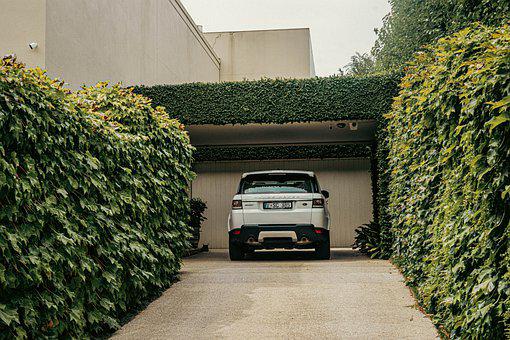For many homeowners, the main consideration when deciding on the best materials for their driveway in Berkshire is the overall cost. Paving material prices vary based on both the material and labor costs to install the pavement.
However, cost is not the only factor to evaluate. Depending on your home’s geographic location and climate, some types of driveways in Berkshire materials may be more suitable, easier to maintain, and even easier to clear snow from.
You should also consider how well your driveway materials complement the exterior of your building, especially if you own a historic or high-end property. Driveway materials such as paving stones and brick can be more expensive at first, but they can provide a higher return on investment than cheaper driveway materials that don’t match the style of your home.
Cost Of Various Driveway Options
The cost of installing a new driveways Berkshire will vary depending on driveway materials, labor and driveway size. For example, using materials other than gravel for long, winding driveways can be costly. Alternatively, cobblestone, brick, or tamped concrete are undoubtedly more expensive, but if your driveway is small, your overall cost may not be as high.
Type Of Driveway Designs And Patterns
Paving, whether it is stone tiles or cladding, is a very practical material for housing. Not only is it durable, but it is a powerful design element that can be used to highlight specific areas and create aesthetic harmony by creating clean lines and finishes. Using a specific paving pattern can add character and flair to any space. These are some innovative and popular paving patterns to consider.
1. Basket Weave
Basket weave is a common paving design in which two rectangular pavers are placed vertically, followed by two equal pavers horizontally. This pattern is repeated to create a woven basket structure. Different paving bricks and light-colored paving sand can be used as a contrast.
2. Herringbone
The herringbone pattern is also very popular. Lay a rectangular paving stone vertically and place another paving stone horizontally next to it, or vice versa. Herringbone patterns can be placed at 90 or 45-degree angles. Both are equally striking, but the latter emphasises the “bone” angle.
3. Stretcher Bond
Stretcher bond pavement is one of the simplest pavement patterns. It resembles a traditional brick wall design and is commonly used for masonry cladding on walls and other vertical surfaces. In a stretch bond design, the bricks are simply laid out in rows in the same direction, with the center of each pavement in the next row aligned with the confluence between the two pavers in the previous row. Similar to herringbone weaves, stretcher weave patterns can be placed at 90 or 45-degree angles for maximum impact.
4. Diamond Paving
Diamond pavement designs use (usually) square paving stones arranged in the same row, with the same meeting point between each row and each individual paving stone. A diamond effect is created by fishing. The paving stones are placed so that the two lines between opposite corners form a cross.
Conclusion
When making decisions with important practical considerations and sizable cost implications, it is important to research cost, durability, aesthetics, and installation requirements. Check out the different types of driveways at Berkshire for better materials available.

